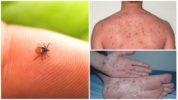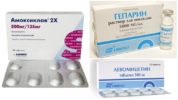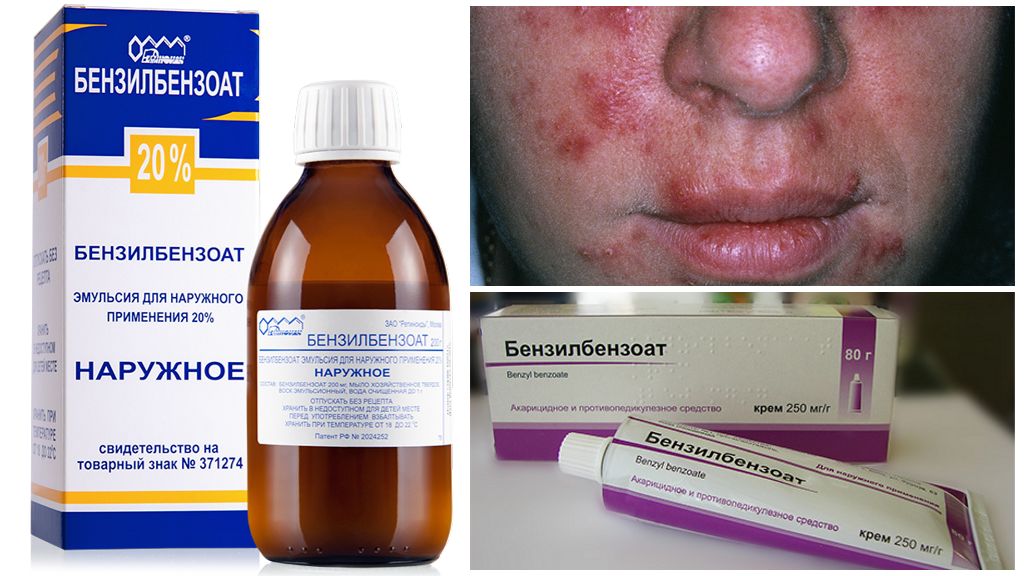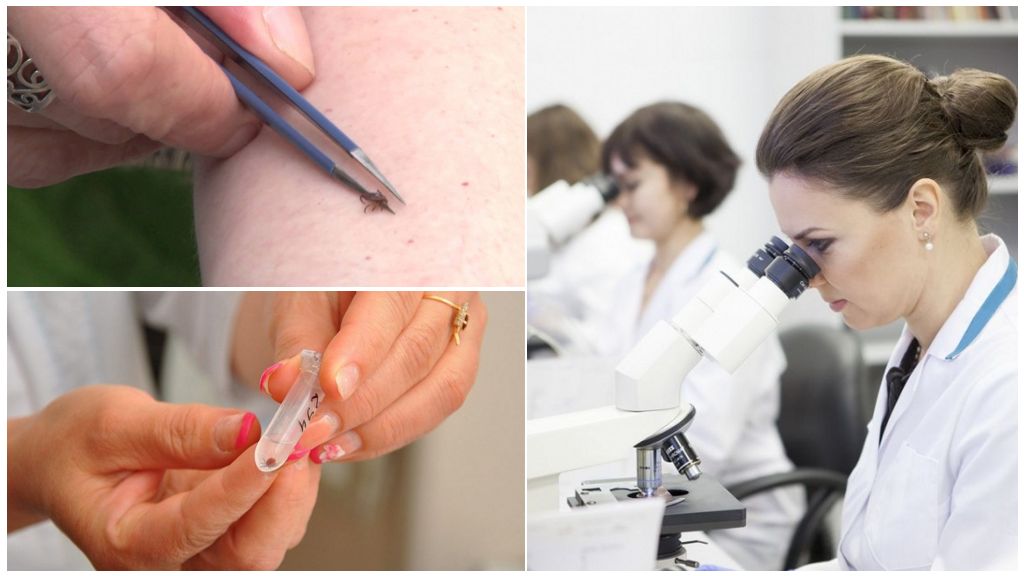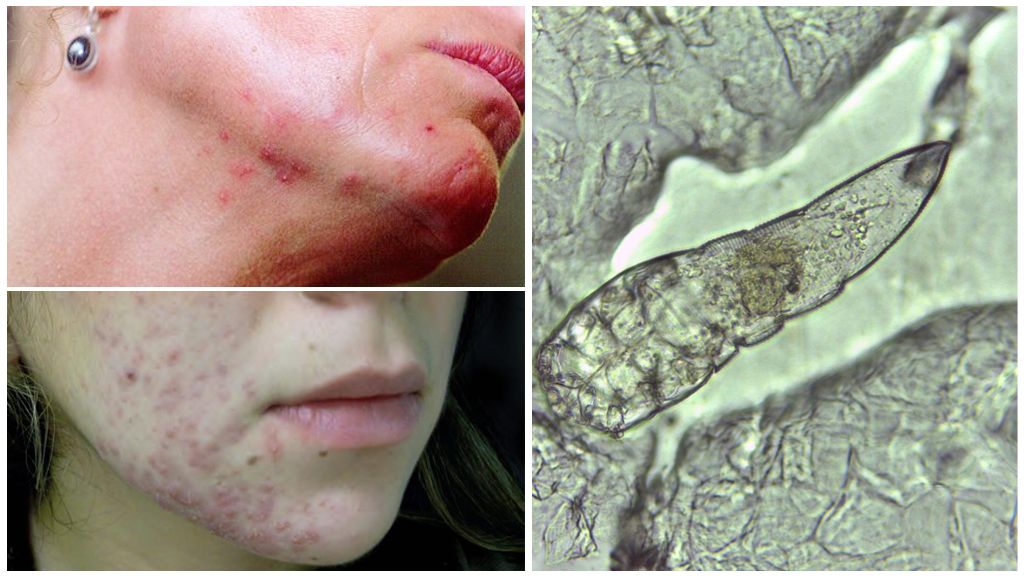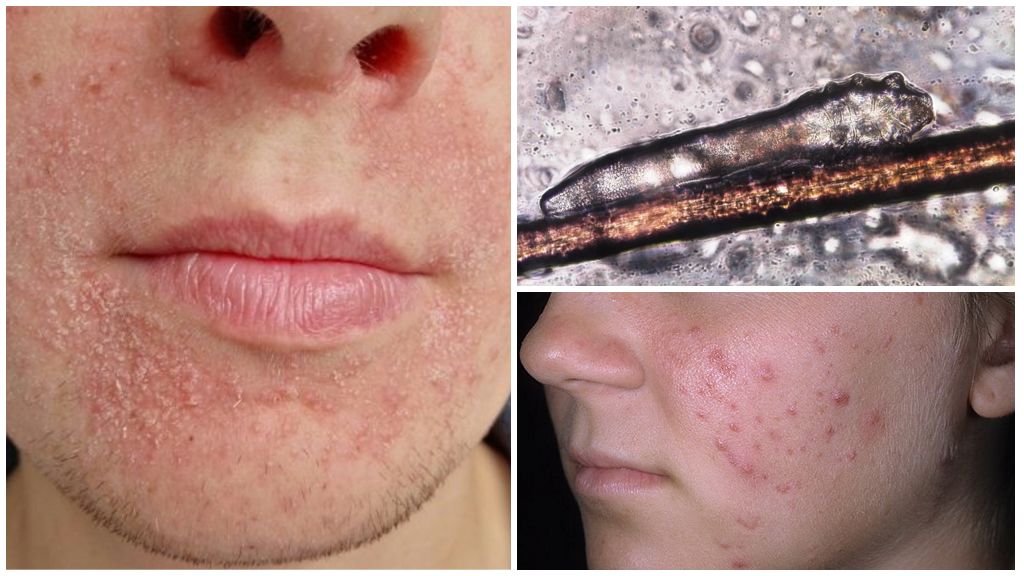- Tick-borne and relapsing tick-borne typhus
- Symptoms of tick-borne typhus
- Tick-borne typhus fever treatment
- Tick Bite Prevention
Tick-borne rash typhus is an infectious disease provoked by bacteria of the rickettsia group, spirochetosis, and borrelia. There are epidemic, endemic typhoid. First spread clothes, head licesecond - ixodid ticks. Another type of disease is tick-borne relapsing fever. Diseases are found in some regions of the Far East, Siberia.
Differences of rash, recurrent, typhoid fever
Translated from the Greek "typhoid" means a monster, a monster, smoke, fog, haze. The term combines several diseases with similar symptoms, characterized by blurred consciousness, mental disorders, severe intoxication. The disease begins with a high temperature, which rises sharply, and immediately falls after 7-14 days.
Domestic doctors emit rash, relapsing, typhoid fever. The causative agents of infection are rickettsia, borrelia, salmonella, spirochetosis. Symptoms differ slightly. The difference in the duration of the disease.
Tick-borne typhus
Provocateurs are rickettsia. Pathogenic bacteria enter the human body during tick bite along with saliva, feces. The main carriers are rats, the mouse, in socially undeveloped countries - sick people. Mention of the disease occurs in the period of Hippocrates. More people died from bacteria than from enemies. In the modern world, the disease is rare, it lends itself well to therapy at any stage.
On a note!
The causative agent of typhus is resistant to environmental conditions, but the infection occurs in most cases through tick bites.
Tick-borne relapsing fever
This group includes diseases provoked by spirochetes, borrelia. Pathological bacteria are found in saliva tick. Infection carriers are rats, mice, sick people. The causative agent of tick-borne relapsing fever is long stored in the human body. Acute attacks without qualified treatment are repeated 4 times. The disease affects the nervous system, muscles, internal organs. With timely diagnosis, it lends itself well to therapy. Immunity persists for a short time.
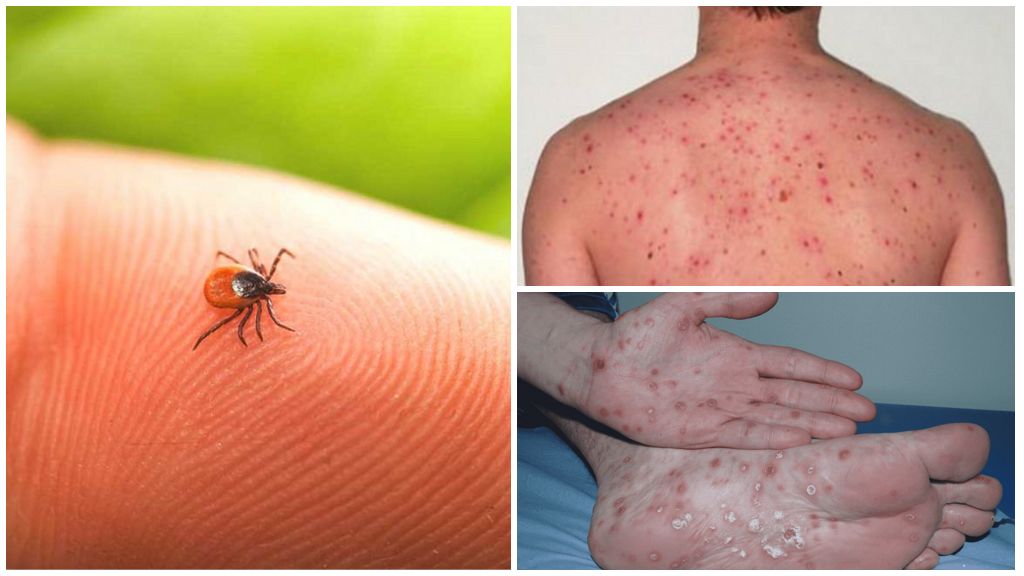
Typhoid fever
The provocateurs are typhi salmonella. Symptoms are slightly different from previous types of typhoid. Infection occurs through water, unwashed foods, dirty hands. A small part of the infected begins to hurt after being bitten by an ixodid tick. A special case of salmonellosis responds well to treatment with timely access to specialists.
On a note!
Siberian tick-borne typhus is annually diagnosed in residents of Siberia and the Far East. In 2017, 700 cases of infection were officially registered. There is no fatal outcome. But from tick-borne typhus in North Asia, Africa, people continue to die.
Etiology, pathogenesis
The causative agents of infection - rickettsia, spirochetes, and borrelia penetrate the human body in the process of sucking a tick through the wound.Initially localized at the site of the bite. There is inflammation, swelling, rarely suppuration.
Gradually, pathogenic bacteria enter the general bloodstream, lymph nodes, and begin to multiply actively. The process lasts an average of 14 days. Then microorganisms die, a toxic substance is secreted. The first vivid symptoms of the disease appear. Relapsing fever typhus develops identically. The clinical picture is similar. It is possible to determine the type of pathogen of infection by laboratory means, but only 4-7 days after bright signs of the disease.
Clinical picture
It is characterized by a variety of symptoms, manifestations. Typhus, relapsing fever affects the nervous system, circulatory, blood vessels, muscles, then internal organs - lungs, liver, spleen, gall bladder, heart, etc.
Symptoms of tick-borne typhus
Appear 7-14 days after the suction of the tick. They begin acutely with an increase in body temperature to 40 degrees Celsius. Then appears:
- muscle pain, joints;
- fever;
- skin rashes up to 1 cm in diameter, darkening of the abdomen, face, legs, other parts of the body;
- nausea;
- headache;
- vomiting
- inhibited consciousness;
- disorientation in time;
- incoherent, hasty speech;
- weakness.
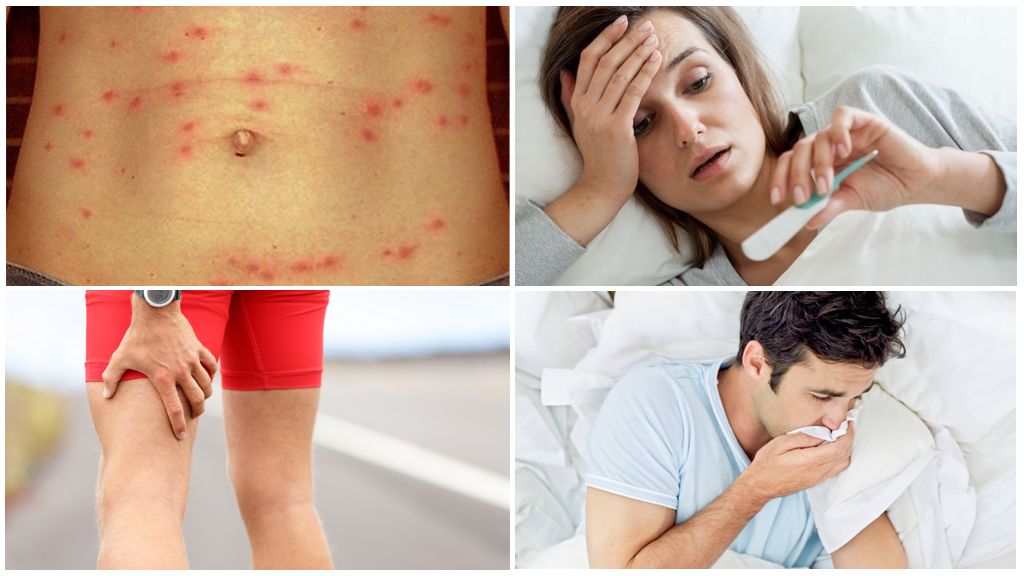
High fever lasts 2 weeks. The liver grows, blood clots form in the vessels. The risk of developing hemorrhagic heart attack increases. Laboratory tests will show a reliable result after 2 weeks, in the absence of therapy, a person may die. Diagnosis is complicated by a similar clinical picture with many other diseases - tick-borne encephalitis, borreliosis. The treatment for typhus is somewhat different.
On a note!
After a long illness for 2 weeks, a stable immunity is developed, which protects against re-illness up to 5 years. However, use caution when mass tick breeding necessary.
Typhoid Relief Symptoms
The incubation period lasts 10-14 days. The disease begins with a fever, which is quickly replaced by fever, high temperature up to 40 degrees. By the end of the day, other symptoms of typhoid appear:
- muscle pain;
- nausea;
- vomiting
- bitterness in the mouth;
- confusion of consciousness;
- rash on the body;
- bronchitis;
- rhinitis.
Often pneumonia develops, less often - jaundice. There are problems with the heart, lungs, and blood pressure changes.
Acute attacks last 2-6 days, improvement comes. However, after a week, the disease returns with more vivid symptoms. It flows harder, longer.
On a note!
For tick-borne relapsing fever, 4 acute attacks are characteristic, after which recovery occurs. Immunity is developed unstable, the very next year a person can get sick again. A laboratory blood test will show a reliable result after 6 days of acute manifestations.
Treatment
The main drugs for the treatment of typhus, relapsing are tetracycline antibiotics. With individual intolerance to the active components, vivid symptoms of central nervous system damage, Levomycetin is prescribed.

In the treatment of typhus, the duration of antibiotic therapy is 5-7 days. The dosage is selected individually depending on age, the presence of chronic diseases, weight. Take tablets 4 times a day. To prevent the formation of blood clots, anticoagulants are prescribed, most often heparin.
The treatment of typhus from the first days gives a positive result - the body temperature decreases, the psycho-emotional state improves, the patient begins to navigate in time, space.
For the treatment of typhoid fever, Penicillin, Levomycetin, Chlortetracycline, Amoxiclav are prescribed. In the presence of complications, arsenic preparations - Novarsenol.
Important!
Treatment is carried out under the strict supervision of specialists. With timely therapy, the desired result occurs in 7 days.
Forecasts, complications
Severe forms of the disease with 80% death are found in countries of Africa with low socio-economic development. With the implementation of antibiotic therapy, rash, relapsing fever can be cured without complications. Otherwise, the following occurs:
- pneumonia;
- myocarditis;
- inflammation of the eyes;
- dermatitis;
- abscess of the spleen;
- heart attack;
- paresis;
- paralysis;
- mental disorders.
If one antibiotic does not give the desired result, another with a different active substance is prescribed. Treatment should be carried out under the supervision of specialists. At the first manifestations of a skin rash, you need to call a doctor.
On a note!
The person is contagious in the first 3-4 days of acute symptoms. Then it becomes safe for the environment, even if a persistent tendency to recovery is not visible.
Prevention
There is a vaccine against tick-borne rash, return type. In the last century, the drug stopped the epidemic, helped to overcome the disease. In the modern world, vaccinations are rarely given, more attention is paid to the use of insecticides, with which they destroy rodents and ticks.

The main preventive measures to prevent an outbreak of typhoid are assigned to the state and local authorities. In epidemiologically dangerous zones, annually twice a season, green areas are disinfected, landfills, basements, etc. are disinfected. All citizens of the country must adhere to the danger and adhere to certain rules.
- Do not visit nature in tick activity peak.
- To use repellents – spraysaerosols, concentrates, folk remedies.
- In the forest, wear a sweater with a long sleeve, cuffs, trousers to put in socks. Must have a hat.
- Inspect the body every 2 hours, a checkup at home. Then you need to take a shower, wash clothes.
Ticks sense a person’s approach by smell. Hiding in tall grass, on the lower branches of shrubs, young trees. Cling to clothes, make their way to open areas of the body. Within 30-120 minutes, a favorable place for suction is found - armpits, groin, chest, neck from the side of hair growth.
On a note!
The tick is able to be on the human body for up to 14 days. The likelihood of infection increases with prolonged exposure to the parasite. If a tick is detected It is recommended to seek help from specialists - any sanitary inspection room, emergency room. Wrong extraction leads to a separation of the head, increases the risk of infection. Another dangerous disease is transmitted through the blood - tick-borne encephalitis. Recommended immediately examine a tick in the laboratory. In the presence of the virus, antiviral drugs are prescribed, administered immunoglobulinbacteria - antibiotics.
